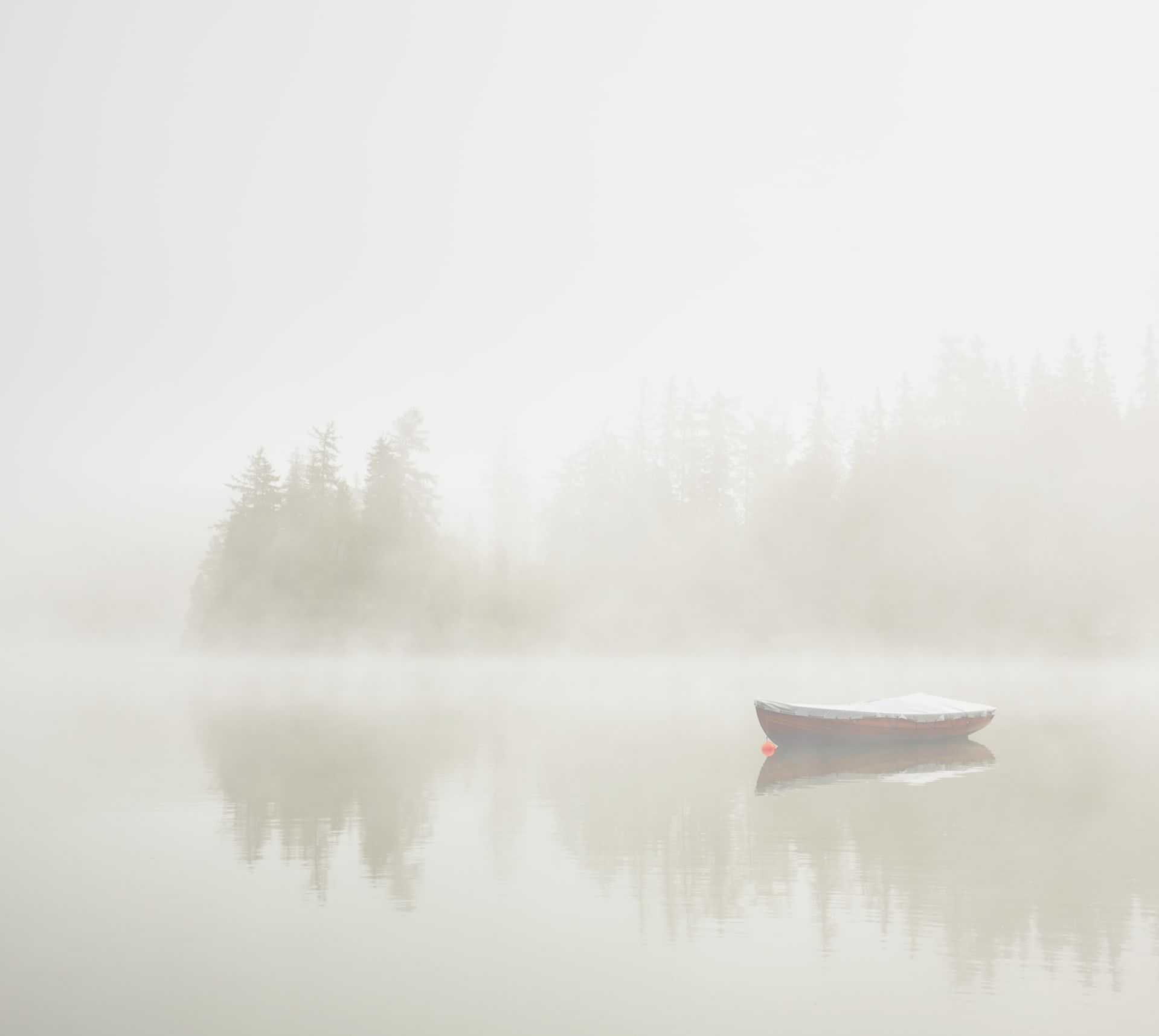Eye strain, also known as digital eye strain or computer vision syndrome, has become an increasingly common concern in our digital-first world. With hours spent staring at screens for work, school, and entertainment, tired, achy eyes aren’t an uncommon phenomenon. But how long does eye strain last, and what can you do to minimize it?
While eye strain can be frustrating, the good news is that it’s usually a temporary inconvenience. By incorporating proper screen-use habits and maintaining eye health, you can minimize its effects and avoid long-term discomfort.
Let’s explore this common issue in detail to provide clarity and actionable solutions.
What Is Eye Strain?
Eye strain occurs when your eyes get tired from intense use, like prolonged screen time, reading small text, or focusing on detailed tasks such as sewing or drawing. It’s not a disease but rather a collection of symptoms caused by overexertion.
Some common symptoms include:
- Sore, tired, or dry eyes
- Blurred or double vision
- Headaches
- Increased light sensitivity
- Difficulty focusing or concentrating
Eye strain is generally temporary and does not cause permanent damage, but it can become disruptive and uncomfortable.
How Long Does Eye Strain Typically Last?
The duration of eye strain varies depending on the cause and your efforts to manage it. For most people, mild eye strain symptoms, such as slight discomfort or dry eyes, may resolve within an hour or two after taking a break from the triggering activity.
However, if eye strain is persistent or caused by prolonged screen usage without breaks, symptoms can last for several hours or even linger into the next day. More severe cases may require professional intervention, particularly if they’re linked to underlying eye conditions like uncorrected vision problems.
Factors that can affect the recovery time for eye strain include:
- Duration of Activity: The longer you expose your eyes to the source of strain, the longer it typically takes to recover.
- Lighting Conditions: Poor lighting—whether too bright or too dim—can exacerbate symptoms and extend recovery time.
- Underlying Vision Issues: If you have an uncorrected vision problem (e.g., farsightedness or astigmatism), your symptoms might last longer unless addressed with glasses or contact lenses.
- Screen Settings: Screens with low contrast, high glare, or improper brightness can make symptoms more pronounced and prolonged.

Tips to Relieve and Prevent Eye Strain
While eye strain is temporary, it’s still important to take preventive steps to reduce its frequency and severity. Here are some practical measures to help you protect and rejuvenate your eyes:
- Follow the 20-20-20 Rule: Every 20 minutes, take a 20-second break and focus on something at least 20 feet away. This gives your eyes a moment to relax and reset.
- Adjust Your Screen Settings: Ensure your screen’s brightness matches your environment. Increase text size and set your device’s display to reduce blue light, especially late in the evening or at night.
- Optimize Your Workspace Lighting: Use proper, glare-free lighting to reduce strain. Position your screen so windows don’t create reflections, and opt for blinds or curtains to control natural light.
- Use Eye Drops: Dry eyes are a common symptom of eye strain. Artificial tears or lubricating eye drops can provide immediate relief.
- Wear the Right Glasses: If you use prescription glasses, ask your optometrist about lenses with anti-reflective coatings or blue-light filters, which can help reduce strain during screen time.
- Take Regular Breaks: Step away from screens periodically during long work sessions or binge-watching marathons. A simple walk around your home or office can work wonders.
- Blink More Often: It may sound simple, but blinking regularly while using screens keeps your eyes moist and prevents dryness and discomfort.
- Consider Specialized Eyewear: For frequent digital device users, computer glasses with blue-light blocking lenses can ease the eye’s workload.
When Should You See an Eye Care Professional?
If your symptoms last more than a day or disrupt your daily activities, it may be time to consult with an optometrist. Persistent eye strain could signal an underlying issue such as:
- Uncorrected vision problems
- Eye muscle imbalances
- Chronic dry eye syndrome
A professional evaluation can pinpoint the issue and help you find a solution, whether that involves corrective lenses, medication, or lifestyle adjustments.
Final Thoughts
Listen to your eyes—when they need a break, make time for rest.
For those navigating persistent eye strain or seeking expert advice on vision care, our team at Lakeland Family Eyecare is here to help. Schedule an appointment today, and take the first step toward clearer, more comfortable vision. Your eyes deserve it!



























